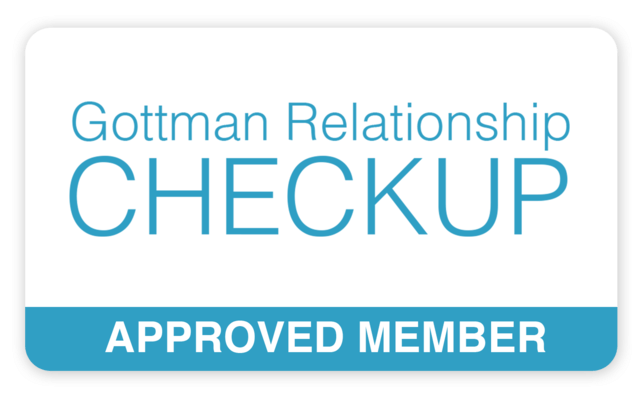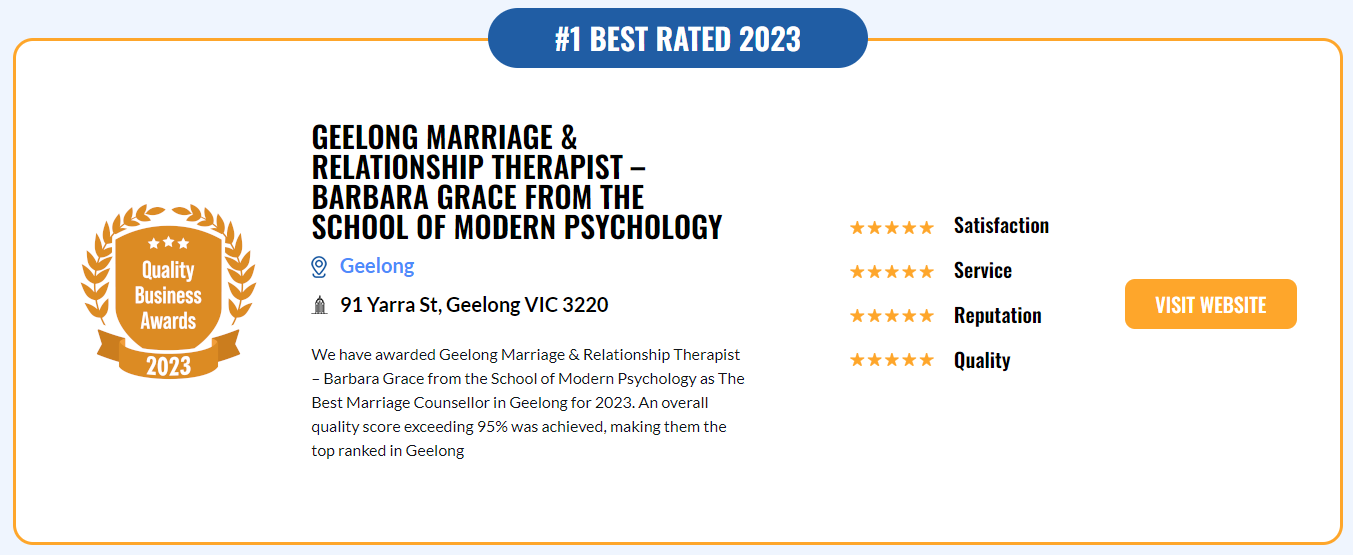Relationships That Rely on Blame Often Miss The Real Problem
/If you’re feeling blamed for anything going wrong in your relationship, here’s what to do. Relationships that blame each other for problems can use this one simple technique to gain a different perspective.
Do these conversation snippets strike a chord with you?
“He should be strong.”
“He shouldn’t get so angry.”
“She shouldn’t be so needy.”
“She should understand what sets me off.”
Relationships relying on “should-ism” can often be fixed and inflexible, laying blame on the other person and ignoring any personal role or responsibility in what’s happening (or missing) in a relationship.
It’s a tricky place to be, especially if there are rigid boundaries around the roles one assumes in a relationship. Roles established to keep a person feeling safe and protective of the fragility laying just beneath the surface.
Being ‘triggered’ by something your partner says or does can feel like an old wound is opening up. And it’s painful because you may respond in a habitual way that simply keeps the cycle of dysfunctional ‘should-isms’ going. It may feel hard to change your emotion when an automatic trigger sets off a cascade of “not this again” thinking that puts you back behind a wall to protect yourself from experiencing uncomfortable emotions.
Learn How To See The Pattern Behind The Problem
When you’re in the middle of a dysfunctional relationship pattern it’s hard to see it clearly. Similar to missing the trees for the forest.
A pattern becomes visible when you have a framework to understand the bigger picture.
If you’re putting together a jigsaw puzzle, many people locate the corners and edges as a starting point to work from. Some find similar colours or parts of a building/tree/person to begin with. Whatever the technique it’s about sorting and ordering before you can make sense of it.
It’s a similar approach when seeking relational patterns.
When one person ‘should-s’ on a relationship, the other usually responds in one of three ways:
Fights back with a counter-attack to maintain the higher ground: “I’m right, you’re wrong.”
Retreats behind a wall (e.g. turns on the television, pours a drink) and lets their eyes glaze over so as only ‘white noise’ gets in.
Aims to fix the problem with the hope of keeping things on an even keel, which usually involves pacifying.
The problem with using any of these approaches is that open and clear communication between a couple is missing.
Matt turns to me and says, “She’s the one with the anger problem.”
“When I want to do something together, she says she’s busy – then if I push it she gets angry and accuses me of controlling her.”
Sharon shakes her head. “He just doesn’t get it.”
In fact, neither of them do. They’re both coming from a place of self-righteousness and ignoring what’s laying beneath the blame language.
Unhealthy Patterns Shut Down Intimacy
When communication breaks down in a relationship, unhealthy patterns of relating shut down intimacy. It’s hard getting close to someone who wants you to relate – often easier to hide behind a well-constructed wall and avoid any discussion that may end with you feeling more vulnerable than you’re comfortable with.
While these situations can be tricky, having a guide (a therapist, counselor or coach) working with you can make the difference. Their skill is in holding a mirror to the pattern so you get ‘a close-up and personal’ view – yet one that helps you see your pattern from a different perspective.
I like to think of it as seeing yourself as if for the first time on a big screen in a movie theatre. One that has your friends, family members and colleagues sitting in the audience watching you in your natural at-home state. One that doesn’t relate the ‘story’ you tell yourself about your righteous position that’s often created through a blurred or rosy lens.
Don’t worry, all of us do it.
Not one of us goes out of our way to make life hard for the partner - yet it doesn’t ‘just happen’ either.
The trouble is that if you communicated ‘in truth’, you’d feel exposed and very vulnerable. Because once seen, it cannot be unseen.
Warring or unhappy couples have usually let a dysfunctional pattern rule their relationship. And that’s ok, until one person decides they’ve simply had enough of putting up with the crap and decide that it’s time for change.
And once that occurs … you have a choice to either deal with the dysfunctional way of relating that’s been causing problems or retreat further behind a wall of denial and blame.









